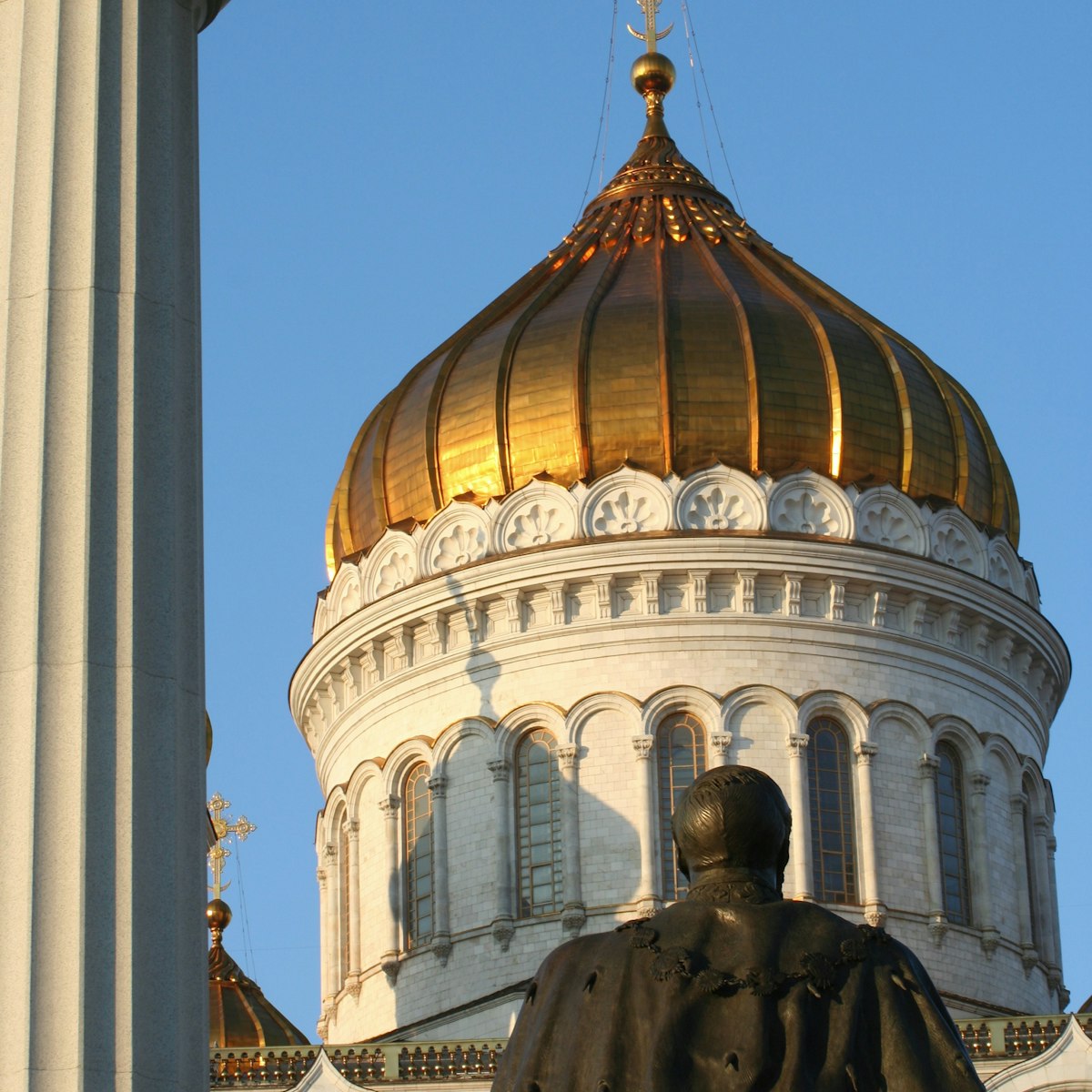Easily the most feared edifice in Russia, looming on the northeastern side of Lubyanskaya pl is the brain centre behind Stalin's genocidal purges and the network of concentration camps known as Gulag. The building came into life circa 1900 as the headquarters of an insurance company, but was taken over by the CheKa (Bolshevik secret police) in 1919 and remained in the hands of its successors – OGPU, NKVD, MGB and finally KGB. The building is not open to the public.
The building's cellar contained an internal jail reserved for elite prisoners, such as Stalin's rival Nikolai Bukharin, Swedish Holocaust hero Raul Wallenberg, poet Osip Mandelshtam and Polish army commander Wladislaw Anders. Its last inmate, American pilot Gary Powers, captured during an ill-fated reconnaissance mission, was released in 1962.
In August 1991 a million-strong prodemocracy crowd was close to storming the building, but only succeeded in toppling the monument to CheKa founder Felix Dzerzhinsky, which stood in the middle square. You can now see it at the Art Muzeon Park, along with other fallen communist idols. Later, a large granite boulder, known as the Solovetsky Stone, was brought from the original Gulag site in the Solovetsky Islands and laid on the southeast side of the square to commemorate the victims of terror. Every year on 30 October, thousands of people form a long queue here to read out the names of the victims.
The freshly restored compound now houses the Federal Security Service, or Federalnaya Sluzhba Bezopasnosti. The FSB is proud of its CheKa roots and keeps a pretty good eye on domestic goings on.








